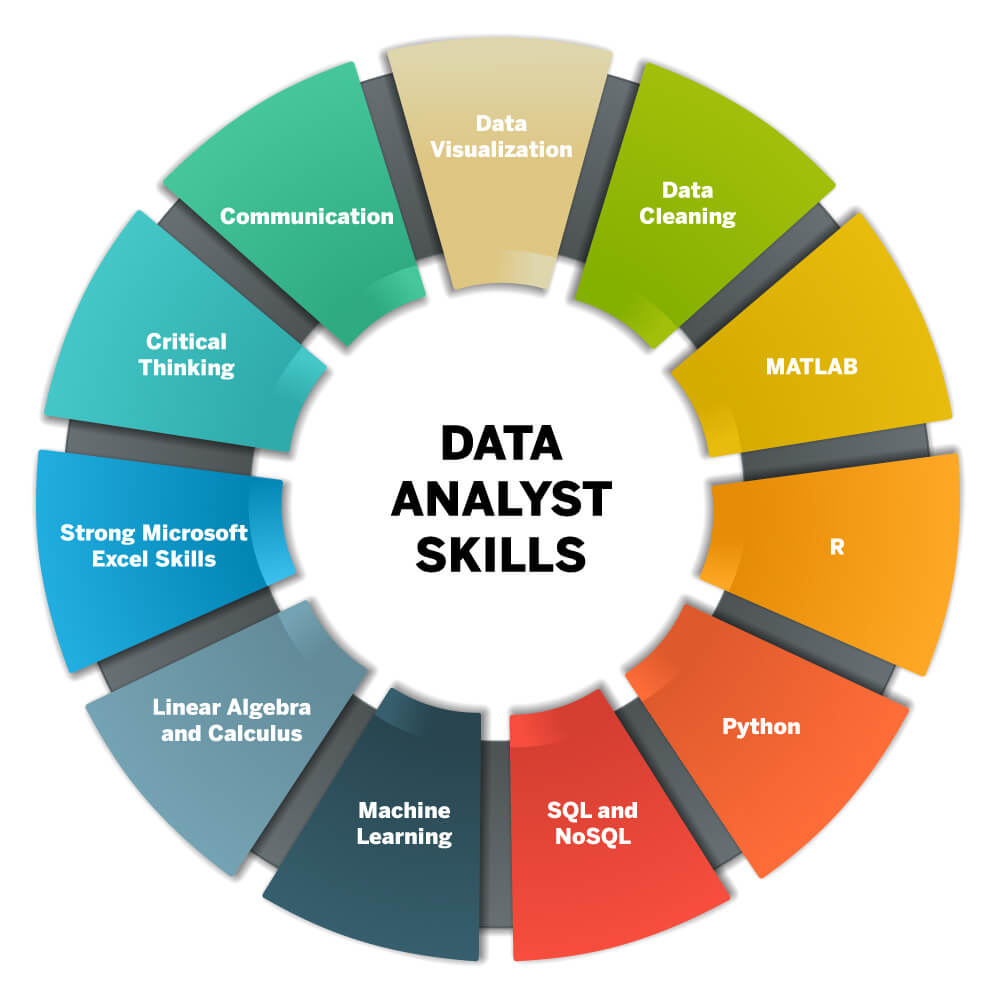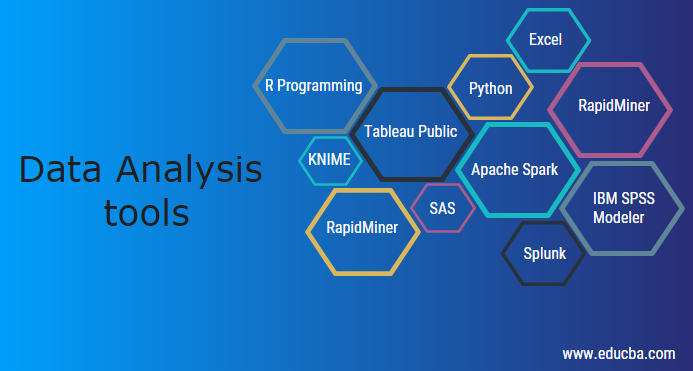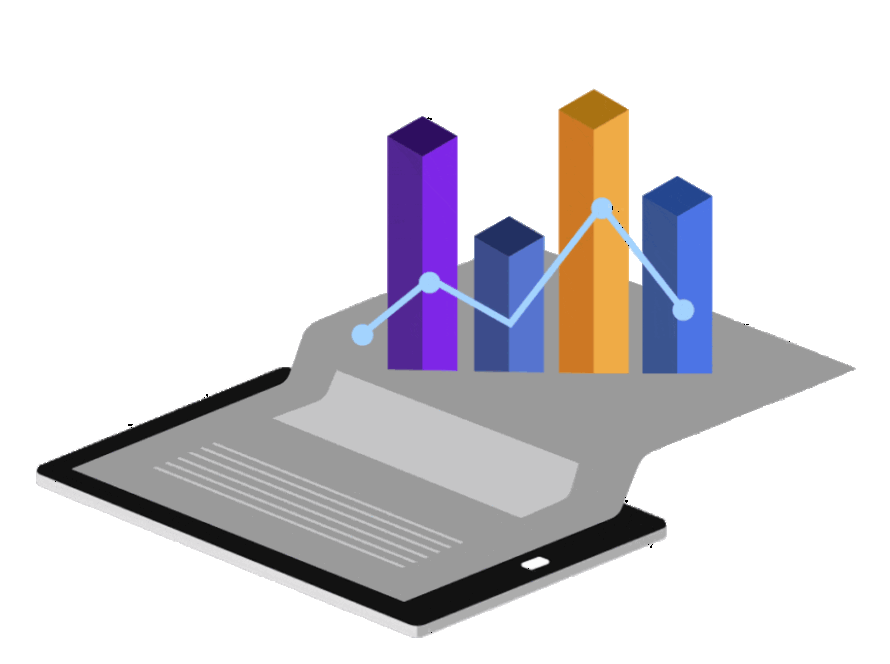Table of Contents

Introduction

Data Analyst is an in-demand field that is rapidly growing, as businesses and organizations seek to leverage the vast amounts of data they generate to make informed decisions and drive growth. Data-analysts play a critical role in this process, using their technical skills and analytical abilities to turn raw data into actionable insights. In this article, we’ll explore the essential skills and tools required to become a data-analyst, and provide an overview of the path to a career in this exciting field.
History
Data analysis has come a long way since its beginnings. Once considered a niche profession, data-analysis has now become a vital tool for organizations in every industry. From healthcare to finance, data-analysis plays a critical role in making informed decisions, uncovering new insights, and driving growth. In this comprehensive guide, we will take a look at the history of data-analysis and trace its roots from the early days to its current form.
The origins of data analysis can be traced back to the 1700s and the dawn of the industrial revolution. During this time, businesses began to collect data to improve their processes and increase efficiency. This led to the development of the first statistical methods, which provided a way to analyze and make sense of the data that was being collected.
In the late 1800s and early 1900s, data analysis continued to evolve with the development of new technologies, such as the telegraph and telephone, which made it easier to collect and analyze large amounts of data. During this time, the field of statistics began to take shape, and new methods were developed to analyze data and make predictions.
In the mid-1900s, the field of data analysis took a major leap forward with the advent of computers. With the ability to store and process large amounts of data, computers transformed the field of data analysis, making it possible to perform complex calculations and run sophisticated statistical models.
As the field of data analysis continued to evolve, new technologies emerged, such as data warehouses and big data, which provided organizations with new ways to collect, store, and analyze data. With the rise of digital technologies and the increasing availability of data, data analysis became a critical tool for businesses of all sizes, and the demand for data analysts skyrocketed.
Today, data analysis has become an essential part of the business landscape, with data analysts playing a critical role in making informed decisions and driving growth. From healthcare to finance, data analysis provides organizations with a deeper understanding of their customers, their operations, and their markets, enabling them to make data-driven decisions and stay ahead of the competition.
Skills Required to be a Data Analyst
- Technical Skills: Data analysts need to be proficient in data analysis software and programming languages, such as SQL and Python.
- Business Intelligence: Data analysts must have a deep understanding of business intelligence, including data warehousing, data visualization, and analytics.
- Communication Skills: Data analysts need to be able to effectively communicate their insights and recommendations to non-technical stakeholders, making them an important bridge between technical and non-technical teams.
- Problem Solving: Data analysts must be able to identify and solve complex problems, using data and analytics to support their decisions.
- Data Visualization: Data analysts need to be skilled in data visualization, as this is a critical part of the data analysis process, helping to turn complex data into understandable insights.
Tools Used by Data Analysts

Data analysis is a complex field that requires the use of specialized tools and technologies to extract insights from data. Whether you’re a beginner or a seasoned data analyst, it’s important to have a strong understanding of the tools that are used in the field. In this comprehensive guide, we will take a closer look at the essential tools used by data analysts, and provide a beginner-friendly introduction to each one.
- Excel: Excel is a spreadsheet program that is widely used by data analysts for data storage, manipulation, and analysis. With its simple interface, Excel provides a powerful set of tools for data analysis, including the ability to sort and filter data, create pivot tables, and perform basic statistical analysis.
- R and Python: R and Python are two of the most popular programming languages used by data analysts. Both languages are open-source and have large communities of users and developers, making it easy to find support and resources. R and Python are used for a wide range of data analysis tasks, including data cleaning, data visualization, and machine learning.
- SQL: SQL, or Structured Query Language, is a programming language that is used for managing and manipulating data in databases. SQL is widely used by data analysts to extract and analyze data from databases, and is a critical tool for anyone who works with large amounts of data.
- Tableau: Tableau is a data visualization tool that provides a powerful and flexible way to create interactive dashboards and visualizations. Tableau provides a drag-and-drop interface that makes it easy to connect to data sources, create visualizations, and share your insights with others.
- Power BI: Power BI is a business intelligence tool that provides a simple and intuitive way to analyze and visualize data. Power BI provides a wide range of data analysis and visualization capabilities, including the ability to connect to data sources, create interactive dashboards, and share your insights with others.
- SAS: SAS, or Statistical Analysis System, is a powerful data analysis and business intelligence tool that provides a wide range of statistical and data visualization capabilities. SAS is widely used in the corporate world and provides a comprehensive set of tools for data analysis and reporting.
Career Path for Data Analysts
- Entry-Level Data Analyst: Entry-level data analysts typically start by working on simple data analysis projects, gaining experience and building their skills.
- Junior Data Analyst: Junior data analysts work on more complex data analysis projects, developing their expertise in specific areas of data analysis.
- Senior Data Analyst: Senior data analysts are responsible for leading data analysis projects, working with cross-functional teams, and developing advanced data analysis strategies.
- Data Science Manager: Data science managers oversee data analysis teams, ensuring that projects are completed on time and within budget, and that teams are equipped with the skills and tools they need to succeed.
- Data Scientist: Data scientists combine technical skills with business knowledge to develop innovative solutions using data and analytics.
Conclusion
Data analysis is a crucial discipline that is increasingly important in today’s data-driven world. Data analysts play a vital role in extracting insights from data, and their work is essential for decision-making and strategy planning in organizations across all industries. In this comprehensive guide, we have explored the field of data analysis, its history, and the tools used by data analysts.
The Importance of Data Analysis in Business and Society
Data analysis is becoming increasingly important in all areas of business and society. With the growth of digital data and the increasing availability of data sources, data analysis is more important than ever before. Data analysts are responsible for turning raw data into actionable insights that can drive business decisions, support research, and inform public policy.
The Skills and Competencies of Data Analysts
Data analysts need to have a range of skills and competencies to succeed in their field. They must have strong analytical skills, the ability to work with large amounts of data, and a deep understanding of data analysis methods and techniques. They must also be able to communicate their insights effectively, both verbally and in writing, and be comfortable working with data visualization tools and software.
The Career Paths for Data Analysts
Data analysts can pursue a wide range of career paths, depending on their interests and skills. Some data analysts work in finance, where they analyze financial data to support decision-making and risk management. Others work in marketing, where they use data analysis to understand customer behavior and inform marketing strategies. Some data analysts work in academia, using data to support research and advance knowledge in their field.
The Future of Data Analysis
The field of analysis is constantly evolving, and new technologies and techniques are emerging all the time. As data becomes increasingly important in all areas of business and society, the demand for data analysts is expected to continue to grow. The future of this will likely be shaped by the continued growth of digital data and the increasing availability of data sources, as well as advances in machine learning and artificial intelligence.
Data analysis is a crucial discipline that is becoming increasingly important in today’s data-driven world. Data analysts play a vital role in extracting insights from data and their work is essential for decision-making and strategy planning in organizations across all industries.
In this comprehensive guide, we have explored the field of data analysis, its history, and the tools used by data analysts. We have also discussed the importance of data analysis in business and society, the skills and competencies required to succeed in the field, and the career paths available to data analysts.
As the demand for this continues to grow, the role of data analysts will become even more important. If you’re interested in pursuing a career in data analysis, it’s important to start developing your skills and knowledge today, and to stay up-to-date with the latest trends and technologies in the field. With the right training and experience, you can unlock your full potential as a data analyst and play a vital role in shaping the future of it.

